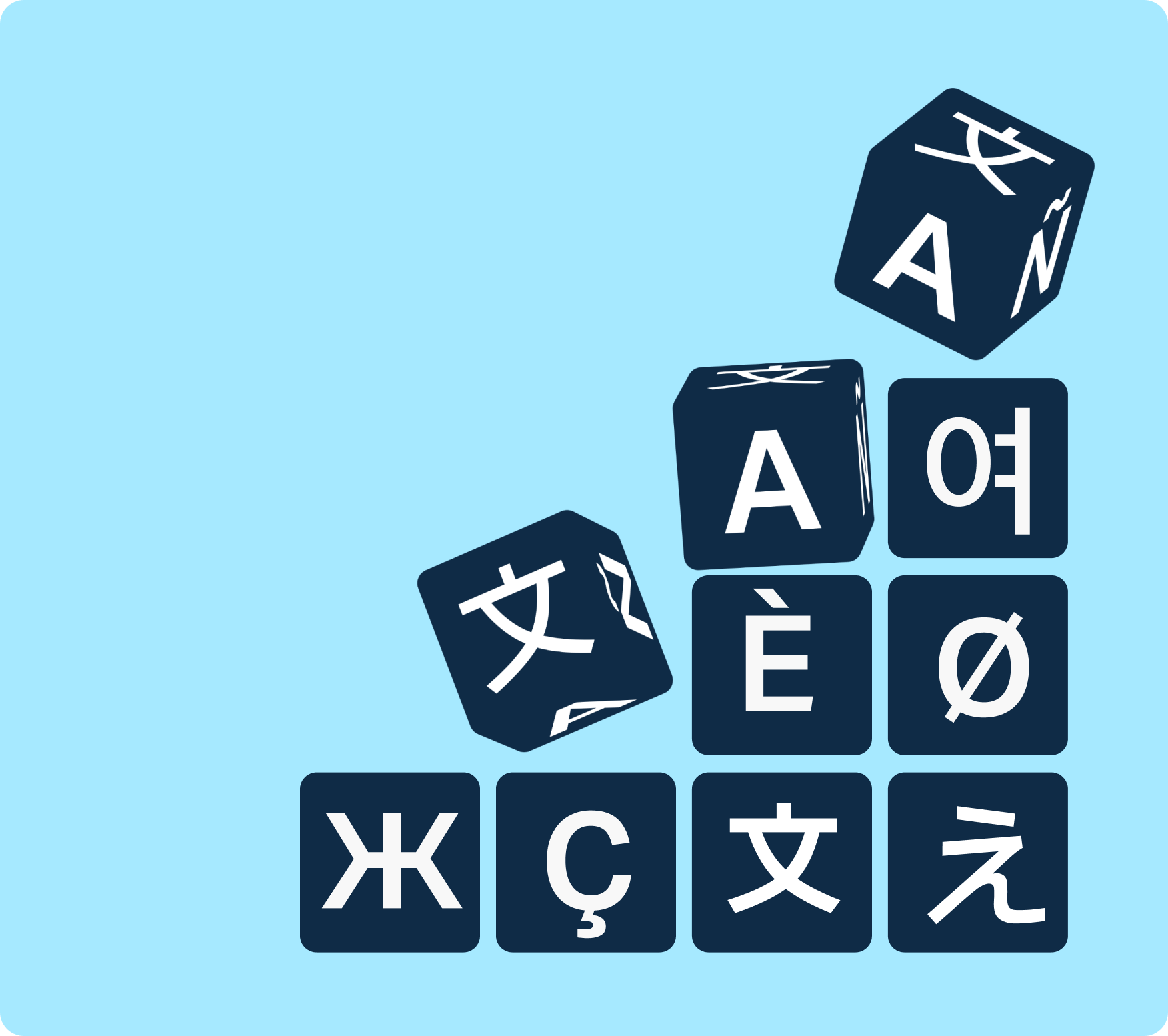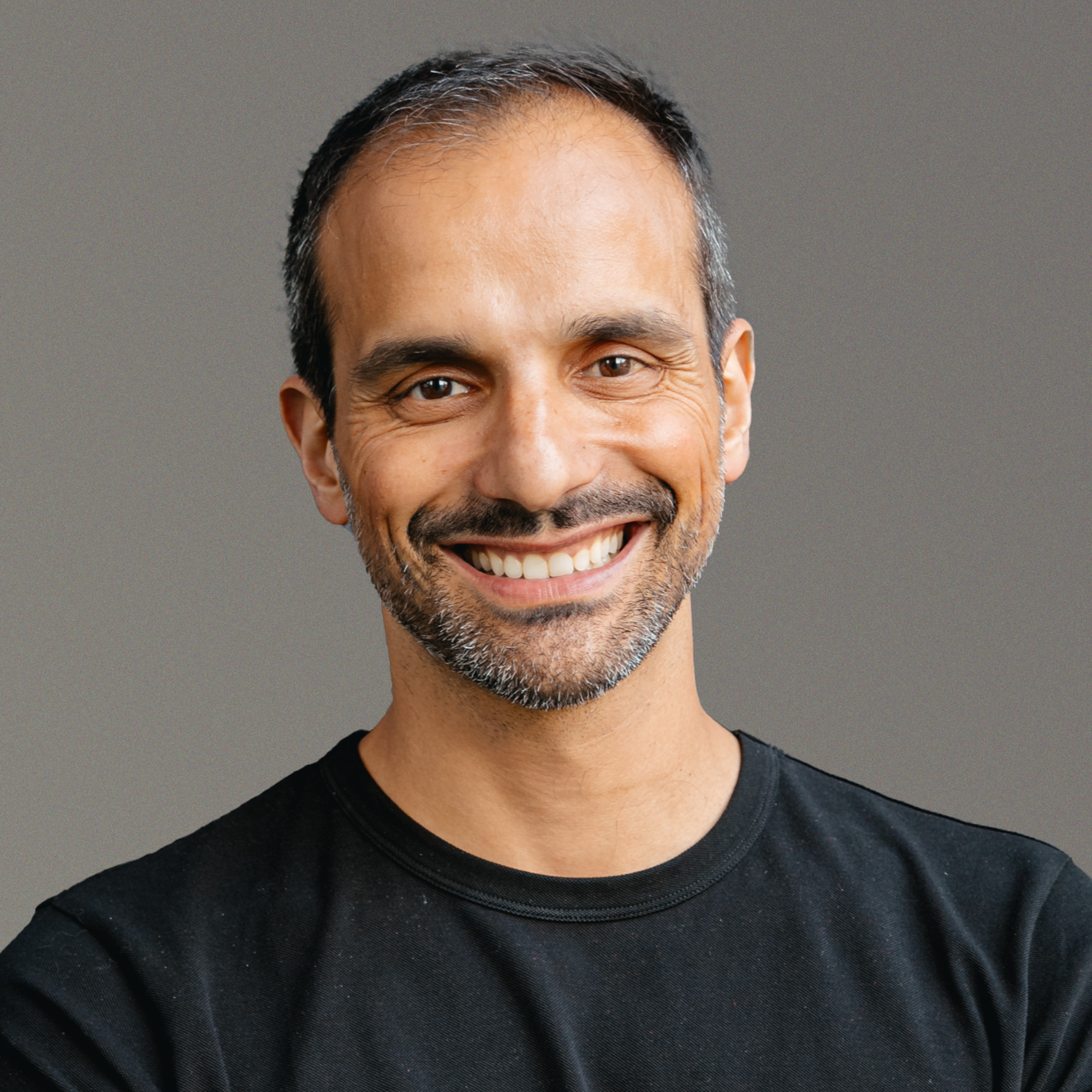
Newsroom
Keep up to date with the latest DeepL news and access all our brand assets.
For press inquiries, please contact our team at [email protected]


DeepL in the media

Forbes Cloud 100 2024 List - Best Cloud Computing Companies Ranked
Forbes

Europe’s AI-powered Google Translate rival DeepL launches traditional Chinese language in Asia push
CNBC

AI-Translation Startup DeepL Announces $300 Million Investment at $2 Billion Valuation
The Wall Street Journal

Forbes AI 50: 2024
Forbes

A German Startup Races Google to Develop a Universal Translator
Bloomberg
Resources


Media kit
Download our media kit to explore DeepL’s mission, history, solutions, awards, and more.

Team
Download high-quality images of our leaders.









